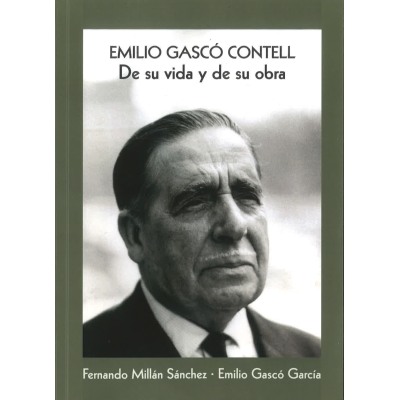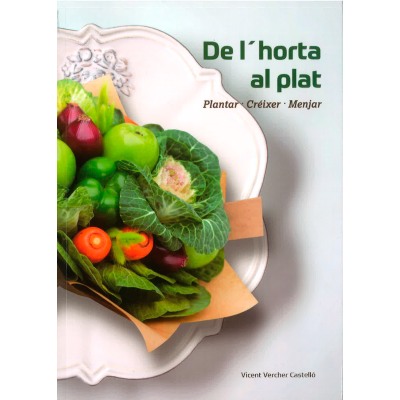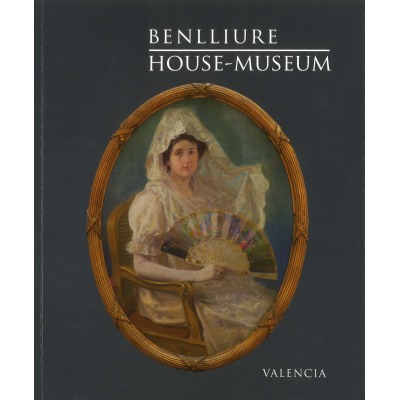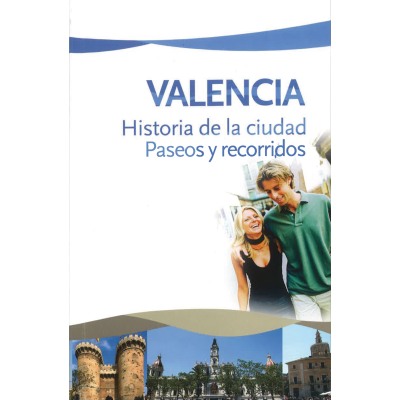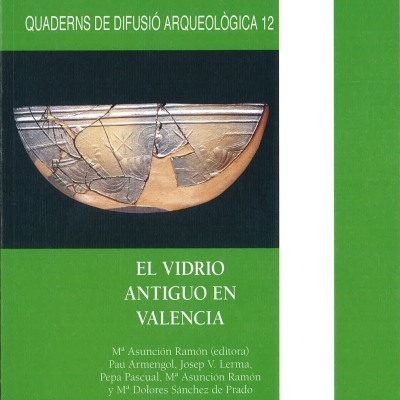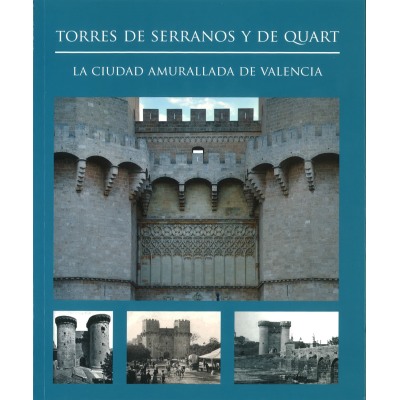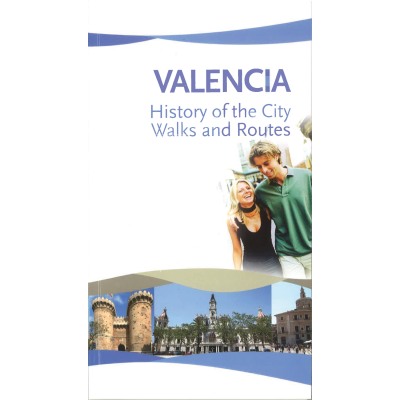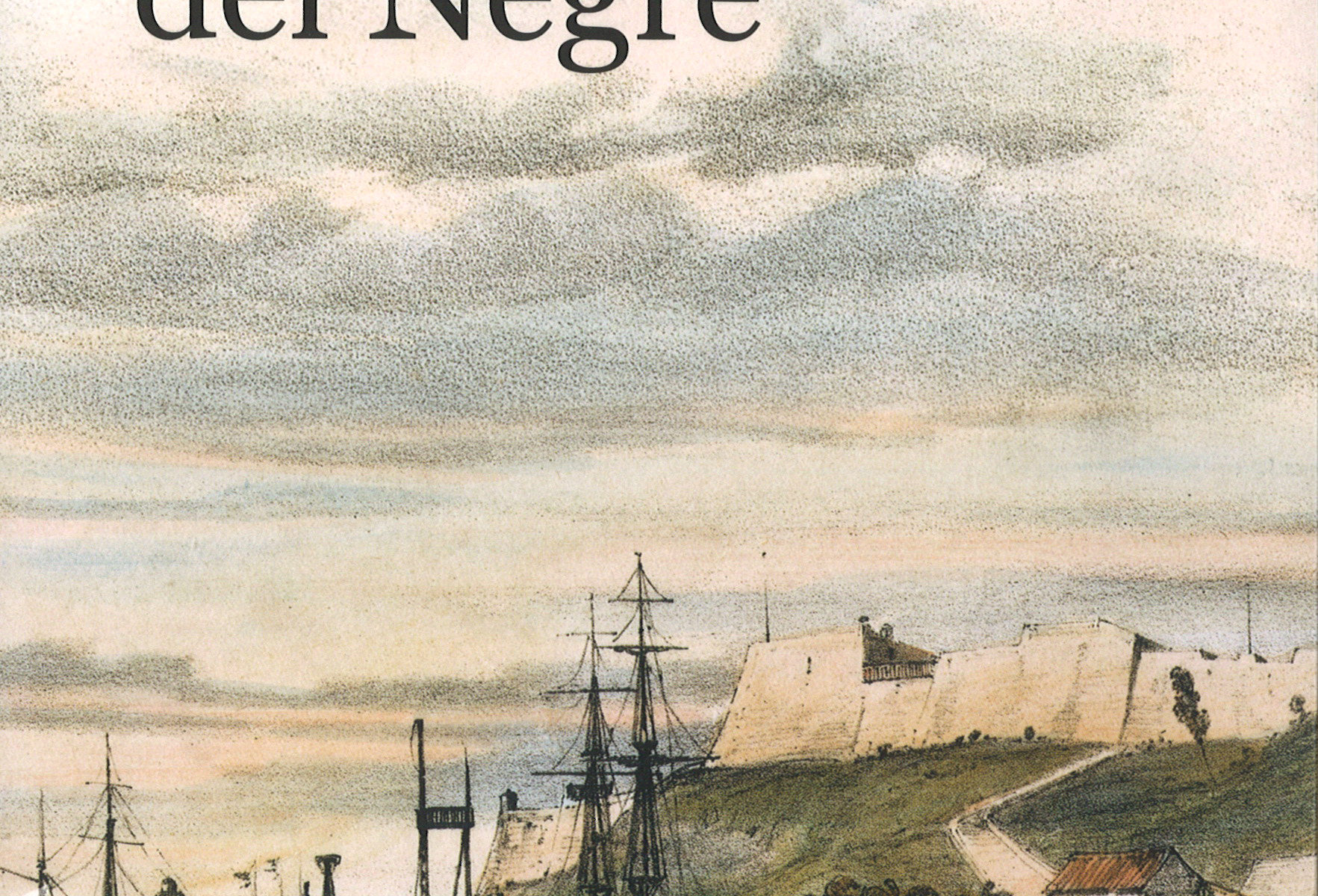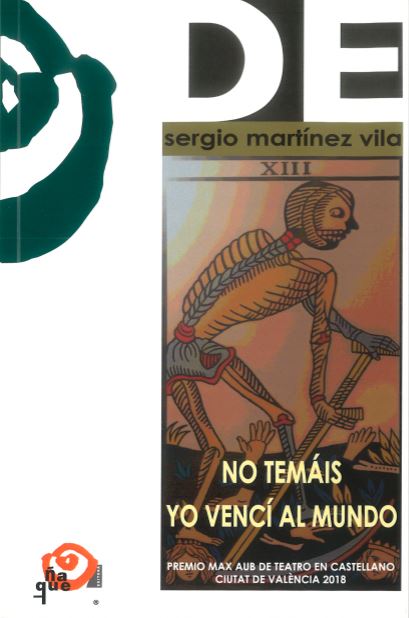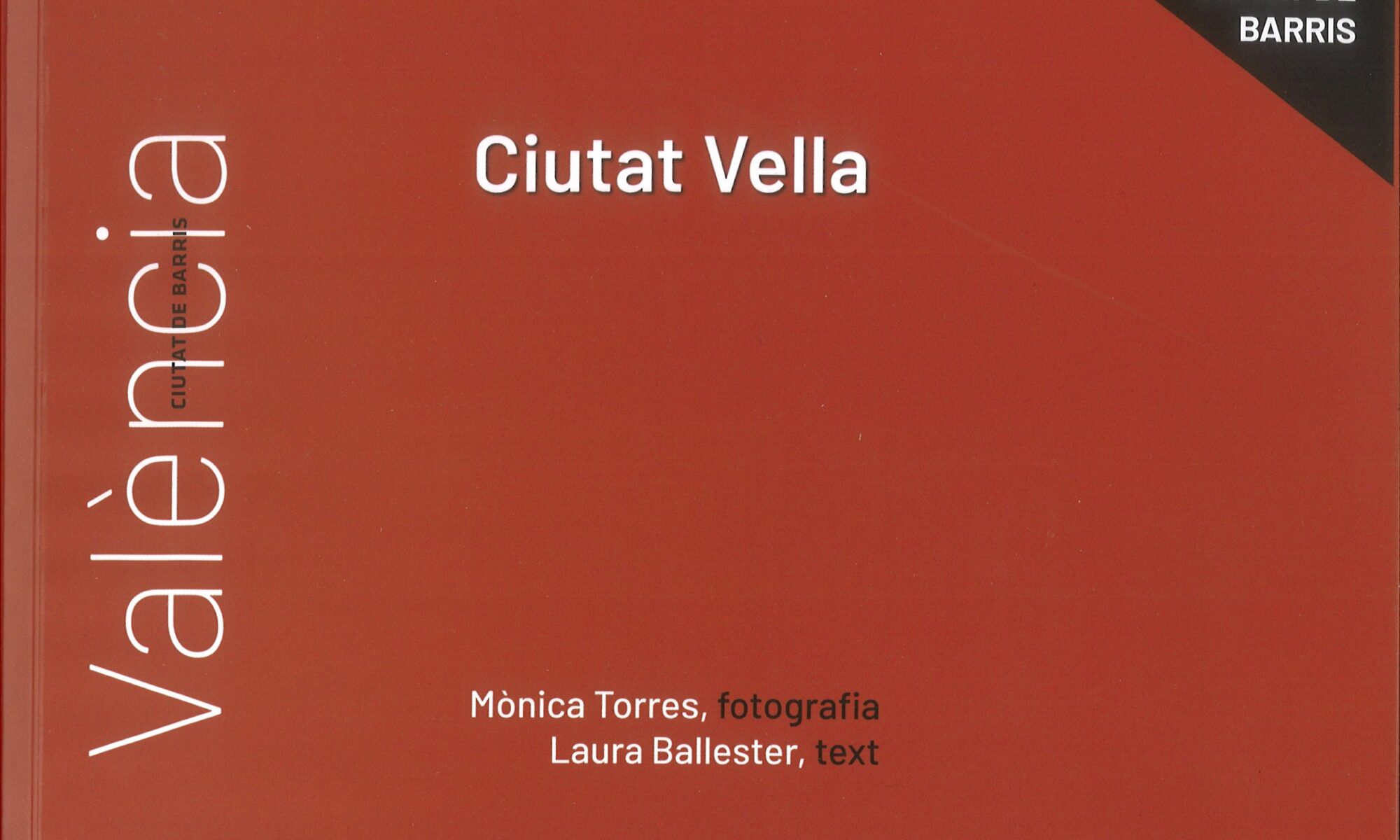Review of the biography and work published in volume by the Valencian writer and editor Emilio Gascó Contell. Author in Valencian, Spanish and French, he was a friend and correspondent of Vicente Blasco Ibáñez.
Archives: Publicaciones
From the garden to the plate. Plant. Grow. Eat.
Book that combines agriculture and gastronomy, reviewing twenty products from our garden (onion, lettuce, orange, rice, sweet potatoes, chard…), from the plantation, its nutritional value, and its varieties, as well as various recipes from ten cooks.
Don Quixote (screenplay)
Editing of the unpublished script “Don Quixote” by Vicente Blasco Ibáñez for a film he failed to make.
Benlliure House-Museum
Valency. History of the city. Walks and tours
This book-guide allows us to follow the evolution of the Valencian capital: its growth, the events it has experienced… With the discovery of its history, we travel around the city, understanding its structure and its way of being and living. There are versions in Valencian and English.
The old glass in Valencia
Notebook published with the announcement of the exhibition of the municipal collection of ancient glass that was held in 2015 at the Almoina Archaeological Centre.
Torres de Serranos y de Quart. The walled city of Valencia
These gateways to the city are the only survivors of the demolition of the Valencia wall in 1865. This book tells its story since the construction of the walls in 1356, while intertwining it with the characters and architectural details of both monuments.
The Marquis de Campo. Businessman, politician and collector of works of art
Collective volume of studies on the activity carried out by José Camp, who would eventually be named “Marquis”, and who became mayor of Valencia.
Valency. History of the City. Walks and routes
This book-guide allows us to follow the evolution of the Valencian capital: its growth, the events it has experienced… With the discovery of its history, we travel around the city, understanding its structure and its way of being and living. There are versions in Spanish and Valencian.
The Black Tavern
Isabel de Villena Award – XXXVI City of Valencia Awards
Andreu Faraig is sent to the Americas as permanent delegate of the Galiana house by order of its owner, Don Gaspar Galiana by order of its owner, Don Gaspar Galiana de Serafina. Thus, he is forced to leave the Valencian lands and move away from his mother and sister, his only family. But his new destiny separates him, moreover, from Eleanor Galiana, his young beloved. Forced to carry out an attack he preferred to avoid, he soon discovers that the cargo of the Santa Marta, the schooner on which he embarks and which he has sworn to watch, is not only made up of fabrics and textiles, as expected, but also includes a large group of men and women from Africa, ready to be sold as slaves. Andreu Faraig will fight against all this.
In the taverna del Negre, Jesús Moncho presents a story set in the career of nineteenth-century America, from the lands of Valencia, in which we are also told the curious origin of the chocolate translation of the town.
Do not fear I conquered the world
No temáis yo vencí al mundo is an intense monologue, with a historical protagonist: Carrero Blanco.
This work was the winner of the “Max Aub” Prize 2018 of the XXXVI “Ciutat de València” Literary Awards.
Old City. City of neighbourhoods
Valencia is the heir to “Valentia”, the Latin word for “vigor, strength and good omen”. The origin of the city can be found in the 169 hectares of the Ciutat Vella district where all the «Valencias» that have preceded us since its foundation in 138 BC are superimposed, like the layers of an onion: the Roman city, the Muslim city, the Valencia dels Furs, the Gothic, the fourteenth-century city of the Germania, the Renaissance, the Baroque “dessubstantiada” as Sanchis Guarner described it, the il· The Association of Friends of the Country, the Valencia of the Renaixença, the modernist, the republican and the Valencia of the twenty-first century coexist in the district where 27,259 souls currently live, according to the 2018 census. In this book you will find the history of some of these inhabitants, especially shopkeepers, who build the day-to-day life of each of the six neighbourhoods of Ciutat Vella, seen from the particular perspective of photojournalist Mònica Torres and journalist Laura Ballester, who have been, or continue to be, residents of the district. Enjoy this personal trip.
